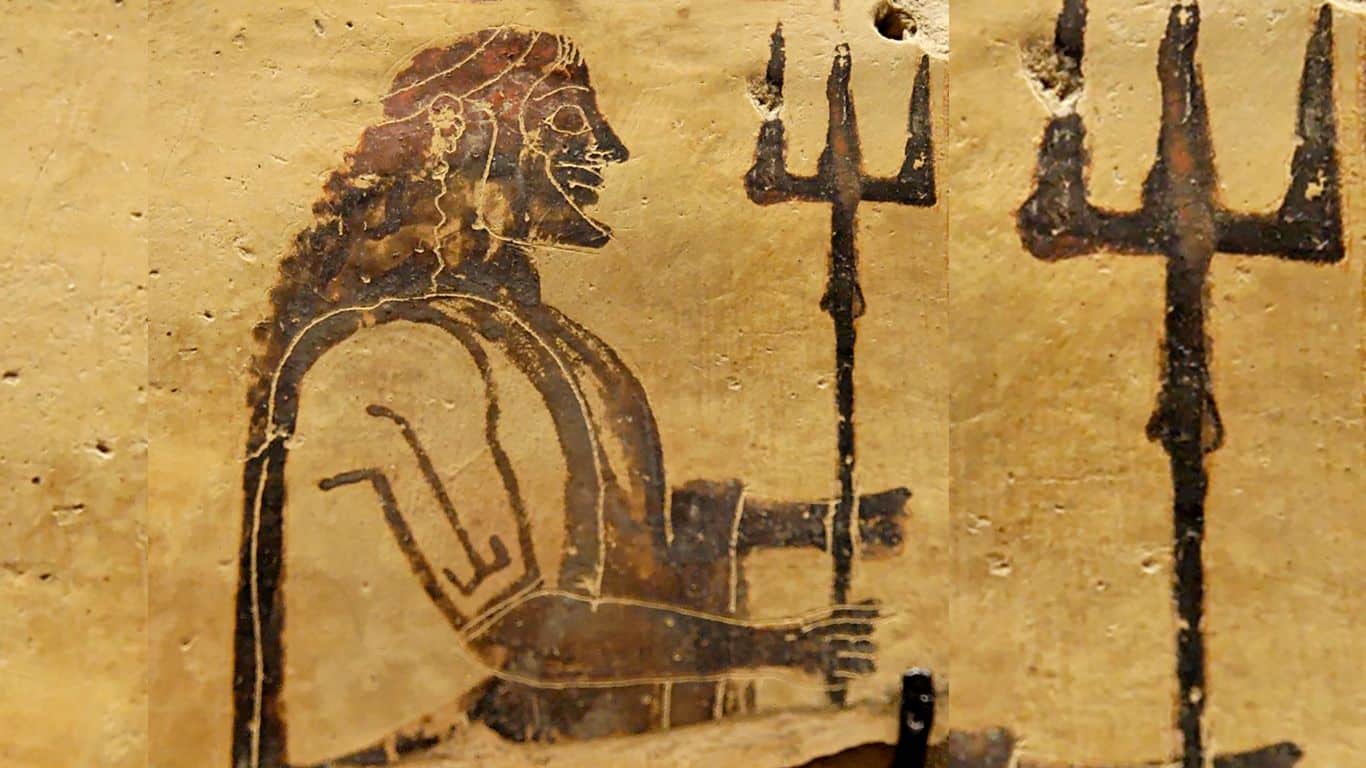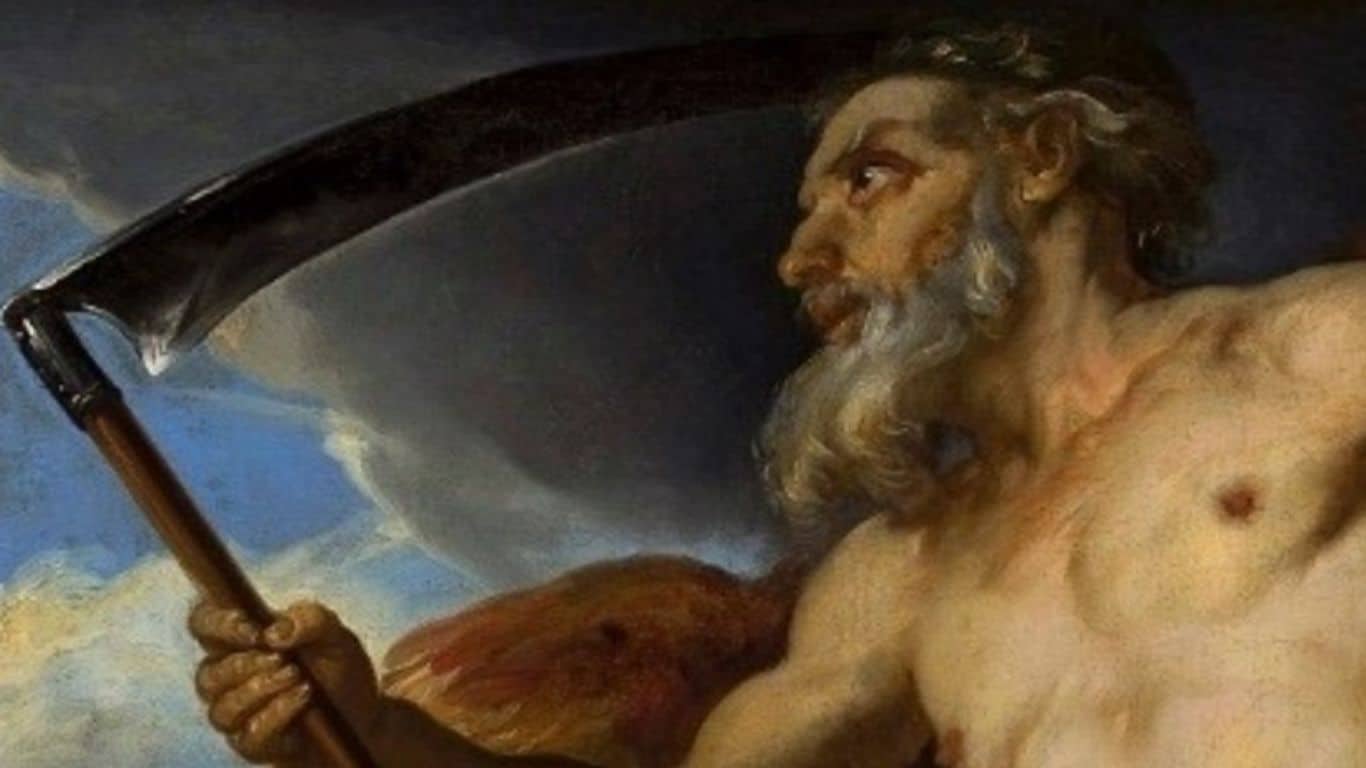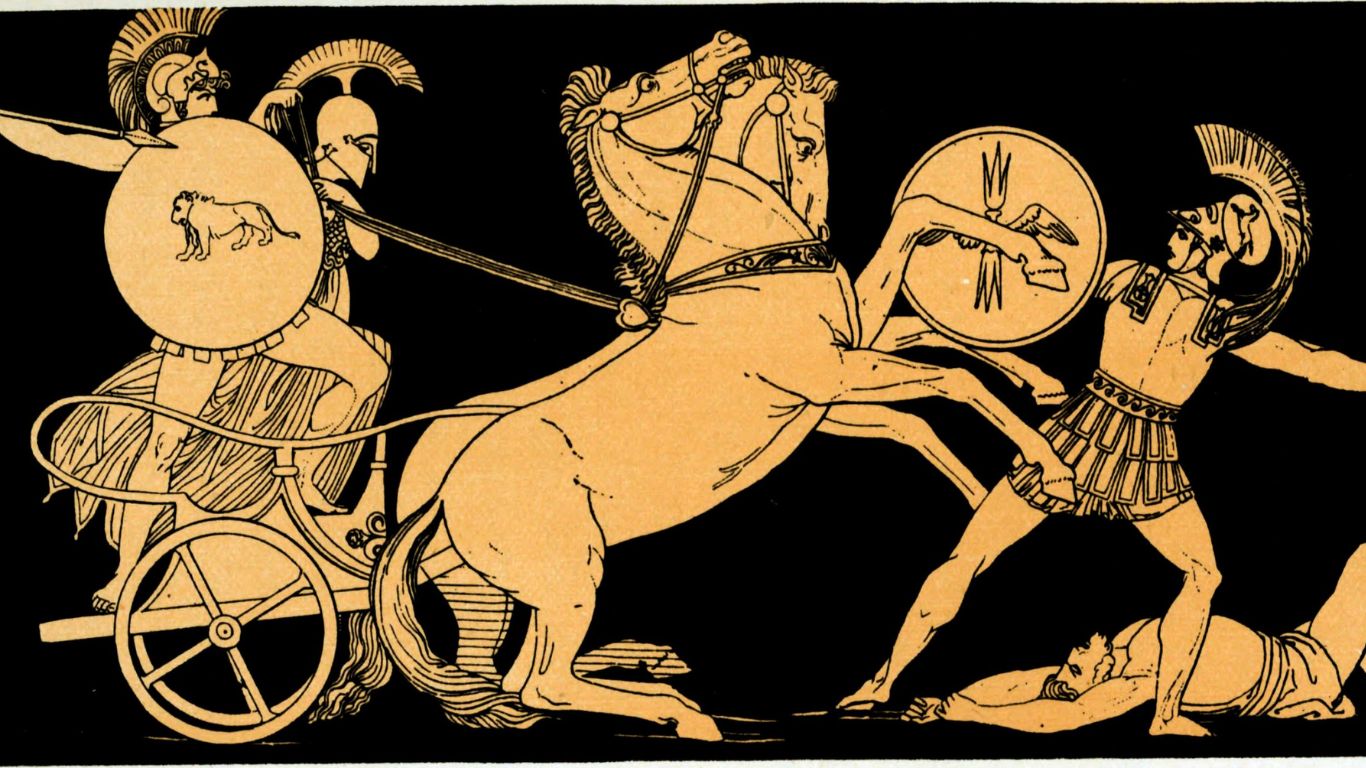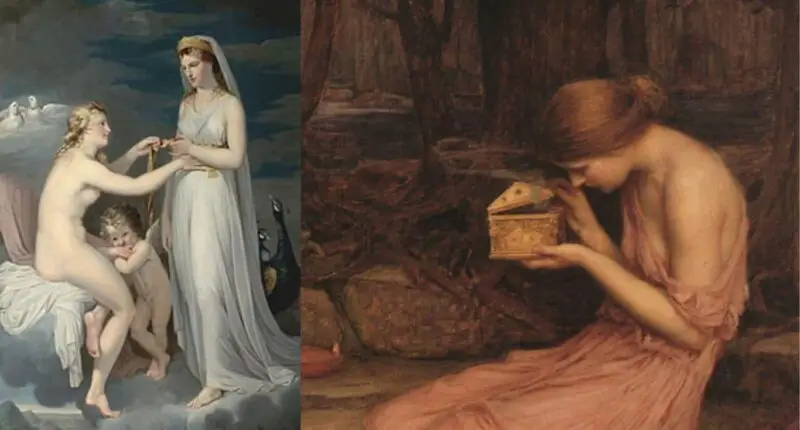Greek Mythology’s Strongest Artifacts: Greek mythology is filled with tales of gods, goddesses, heroes, and monsters, and their epic battles and quests for power. Throughout these stories, powerful artefacts play a crucial role, often determining the fate of the characters and the world they inhabit. From weapons to magical objects, Greek mythology is rife with powerful artefacts that have become the stuff of legend. In this article, we will delve into the world of mythology to explore Greek Mythology’s Strongest Artefacts and their significance in the stories they appear in. Get ready to discover the ultimate list of Greek mythology’s most powerful artefacts and the stories behind them.
Greek Mythology’s Strongest Artifacts – The Ultimate List
Poseidon’s Trident

Poseidon’s Trident is a symbol of the god’s power and authority over the seas and everything beneath them. The trident is a three-pronged spear that grants Poseidon the ability to create massive storms, cause earthquakes and tidal waves, and even summon sea creatures to do his bidding. As the god of the sea, Poseidon was worshipped by sailors and fishermen, who depended on his mercy for safe voyages and bountiful catches. His trident was a symbol of his protection and a warning to those who dared to challenge his authority. In Greek mythology, Poseidon’s trident is an iconic weapon that represents the raw power and unpredictability of the ocean.
Hermes’ Winged Sandals

Hermes’ Winged Sandals, also known as Talaria, were a divine artifact that allowed the Greek messenger god to travel at incredible speeds between the realms of the gods and mortals. These magical sandals were crafted by the god’s father, Zeus, and endowed with the power of flight, allowing Hermes to soar through the skies with ease. This ability made him the swiftest of all the gods, and he was often called upon to deliver messages, gifts, or guidance to mortals on behalf of the gods. Hermes’ Winged Sandals also symbolized the god’s ability to move between different worlds and to mediate between the divine and human realms.
Aphrodite’s Girdle

Aphrodite’s Girdle, also known as the Cestus, was a magical accessory that granted its wearer irresistible beauty and charm. According to Greek mythology, this girdle was crafted by the god of fire and metalworking, Hephaestus, and given to Aphrodite as a gift. The girdle was said to be adorned with alluring gems and intricate embroidery, making it a symbol of Aphrodite’s irresistible beauty and allure. Those who saw Aphrodite wearing the girdle were immediately captivated by her charm and fell under her spell. The Cestus became a symbol of the power of beauty and attraction, and its legend remains a popular part of Greek mythology today.
Pandora’s Box

In Greek mythology, the story of Pandora’s Box tells of the first woman created by the gods, Pandora. She was given a container as a gift by Zeus, with strict instructions to never open it. However, her curiosity got the best of her, and she opened the box, releasing all of the world’s evils, such as sickness, greed, envy, and hatred, into the world. The only thing left in the box was hope, which became the only thing that could counterbalance the evils of the world. The story serves as a warning about the dangers of curiosity and the consequences of giving in to temptation.
Caduceus

The Caduceus is a powerful symbol in Greek mythology, representing the messenger god Hermes. It is a staff adorned with two entwined serpents and wings at the top. The Caduceus is a symbol of peace, negotiation, and commerce. It was often used by Hermes to calm disputes and promote harmony between conflicting parties. In addition, it was believed to be a talisman for commerce, promoting successful trade and financial dealings. The Caduceus has become a popular symbol in modern times, commonly used to represent medicine and healing. Despite its modern association with medicine, it remains a powerful symbol of peace and diplomacy, embodying the essence of Hermes and his message of harmony and cooperation.
The Bow and Arrows of Eros

The Bow and Arrows of Eros, wielded by the god of love himself, Cupid, are potent symbols of passion and desire in Greek mythology. With the power to evoke intense emotions and attraction, these celestial weapons can bring people together in love or plunge them into chaos with uncontrolled longing. As Eros’ primary tools, the bow and arrows represent the dual nature of love, highlighting its potential to inspire and uplift or to incite turbulence and unrest. Within the rich tapestry of Greek myth, the influence of these magical instruments can be felt in numerous tales and legends.
The Shield of Achilles

The Shield of Achilles is a magnificent artifact, forged by the skilled god Hephaestus. Bestowed upon Achilles, the Trojan War’s greatest warrior, it symbolized his unmatched strength and courage. This divine shield not only provided exceptional protection in battle, but also displayed intricate scenes and images representing the universe, peace, and war. The shield’s sheer beauty and craftsmanship were awe-inspiring, encapsulating the power and artistry of the gods. Ultimately, this divine shield became an emblem of Achilles’ legendary status and a testament to the indelible impact of Greek mythology.
The Cornucopia

The Cornucopia, or Horn of Plenty, is a legendary artifact from Greek mythology that represents prosperity and abundance. Shaped like a twisted horn, this magical object is said to have the ability to provide its possessor with an inexhaustible supply of food and resources. Often depicted overflowing with fruits, vegetables, and other bounties, the Cornucopia serves as a reminder of the importance of gratitude and the blessings of the natural world. It remains a powerful symbol in modern times, frequently used to represent the harvest season, fertility, and the generous gifts of the earth.
The Sickle of Kronos

The Sickle of Kronos is a powerful and fearsome weapon in Greek mythology. Forged with adamantine, a divine metal, it was used by the Titan Kronos to overthrow the sky god Uranus. Motivated by his mother Gaia, Kronos executed a gruesome act, castrating his father and casting the severed parts into the sea. This act marked the end of Uranus’ reign and the beginning of the Titans’ rule, led by Kronos. The sickle’s potency not only lies in its physical strength but also in its symbolic representation of rebellion and the cyclical nature of power struggles in mythology.
The Armor of Diomedes

The Armor of Diomedes, crafted by the god Hephaestus, was a symbol of divine might and protection. Worn by the valiant hero Diomedes during the Trojan War, the armor imbued him with exceptional strength, enabling him to face formidable adversaries with courage and resilience. The intricate craftsmanship and heavenly origin of the armor rendered it an invaluable asset on the battlefield, solidifying Diomedes’ reputation as a fierce warrior. The Armor of Diomedes thus exemplifies the divine intervention that played a crucial role in the heroes’ successes and failures in the epic tales of Greek mythology.
Also Read: 10 Most Famous Witches in Folklore and Mythology



